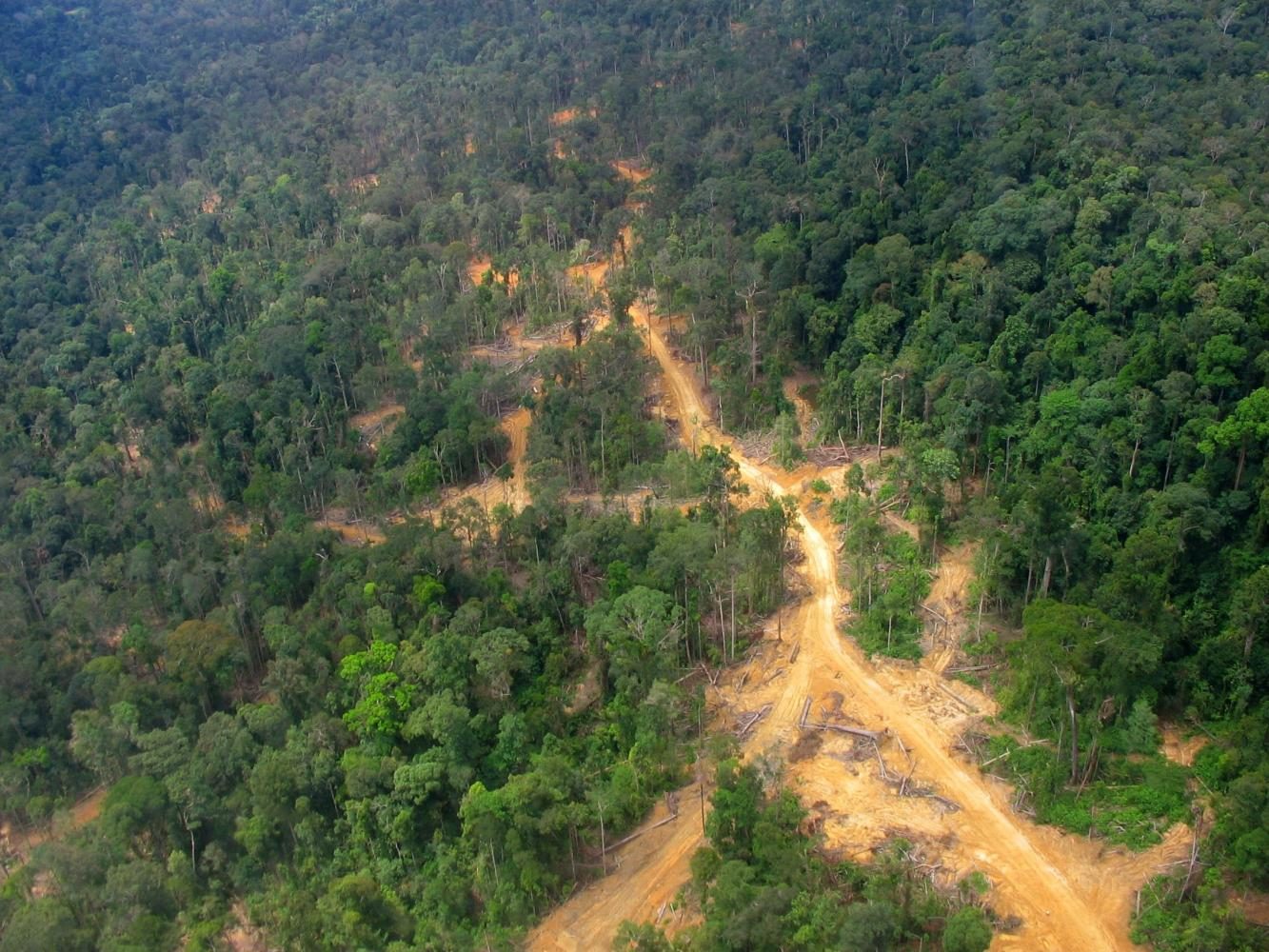Sound Opinions
The detriments of deforestation
Running through the Amazon Rainforest, illegal logging roads are used to transport logs that benefit the lumber industry. Recent agriculture and lumber industry activity has resulted in the depletion of the Amazon Rainforest, leaving the world at risk for climate change.
May 22, 2017
According to recent studies, the decline of the Amazon Rainforest begins with drought. Unfortunately, along with industrial deforestation, drought is plaguing areas of the Amazon today. Reductions of rainfall and agricultural clearing of land has led to a dangerous situation in the Amazon and has left certain parts of the region at risk for significant reductions in vegetation. Though it may seem that natural causes are the main reason for the forest’s downfall, human factors trump the innate. Deforestation, essentially, has become the root of all environmental evil.
The Amazon Rainforest is the largest contributor to worldwide oxygen levels around the globe. Its size impacts the surrounding regions most noticeably, but is said to influence international weather and climate. Man-made global warming has caused the Amazon to speed up its natural deforestation. Theories against global warming become debunked when discussing deforestation, due to evidence that global warming results in natural deforestation. Though global warming is more than a man cutting down acres upon acres of trees, the effects are still drastic enough to create mass panic in the environmentalist community.
Global warming is not the only human factor plaguing the Amazon. In the span of just 20 minutes, close to 200 football fields of land in the Amazon are destroyed due to the timber and agricultural industries. Senior Ashley Brown said, “Last time I went down there, I could tell that there was definitely a significant chunk gone when we went hiking. It was really sad.” It seems that recently, the Amazon is one giant land-grabbing war. It has taken only 40 years for approximately 20 percent of the Amazon to be torn down by loggers and farmers. This percentage does not even include private and selective logging projects either. It is very clear that man has made these detriments and that the forest is in need of help to stay alive. Deforestation is selectively beneficial, and it is clear that the Amazon is not on the good end of the deal. Deforestation only benefits industrial owners and farmers who clear the land.
Currently, Brazil has made the list of the world’s largest contributor to greenhouse gases. If this continues to happen, the Amazon could be completely depleted by the end of this century. Greenpeace, a nongovernmental pro-environment organization that has created a campaign against deforestation that can be found at www.greenpeace.org/usa/forests/solutions-to-deforestation. Through this campaign, over 40 countries worldwide have come together to help resolve the ongoing fight against deforestation. Just because the Amazon is currently in a decline, that does not mean that people cannot start taking steps to reverse the effects now.












